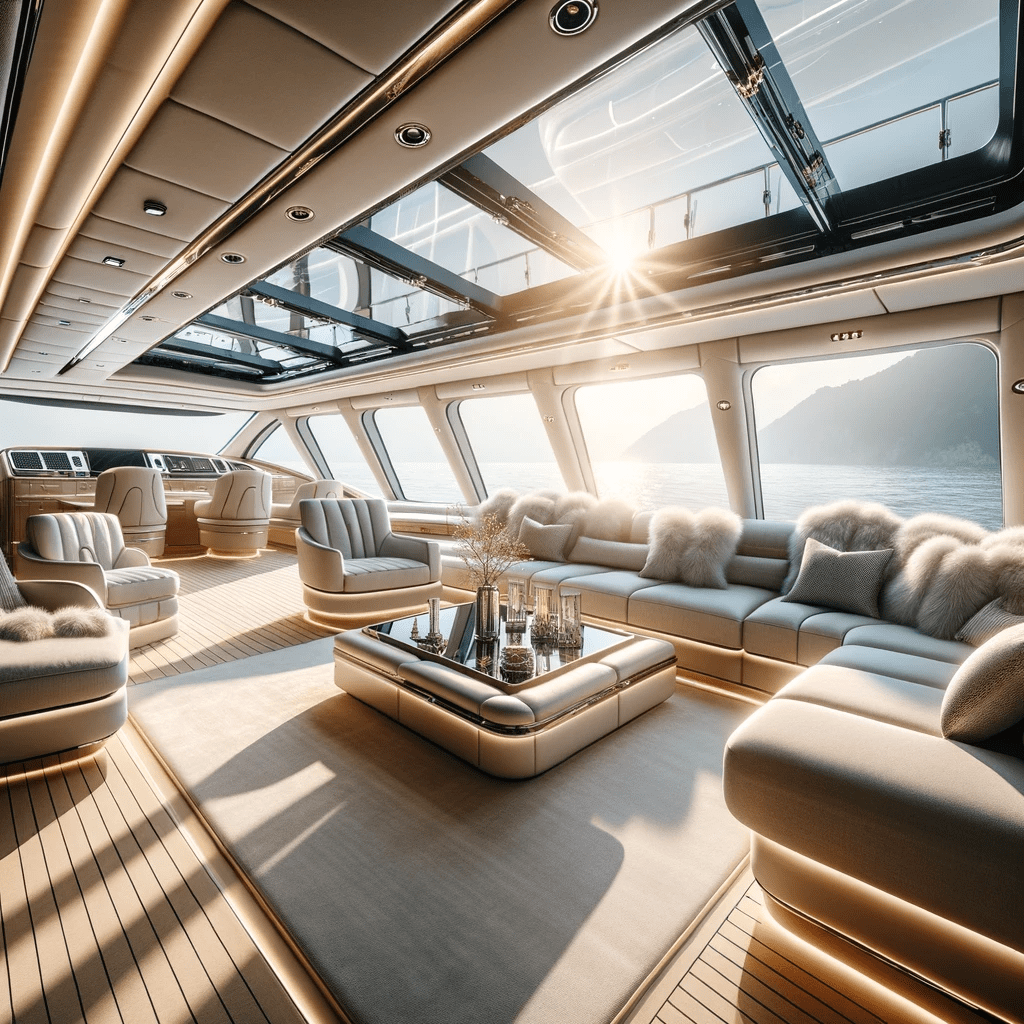Marine
Luxury Marine Glass Tinting
Ultra Tint stands unparalleled on the Gold Coast, embodying excellence as the exclusive specialists in luxury marine glass tinting. Our expertise shines in the precise installation of 3M Prestige window films, enhancing the elegance of luxury motor yachts for our privileged clients and distinguished international boat builders.

About 3M PRESTIGE Films
3M Prestige Window films feature a proprietary, multilayer optical film technology that combines over 200 layers in a single window film. This unique technology is the reason a clear film can reject more heat than darker films, without changing the appearance of your glass, making it perfect for marine vessels of all kinds requiring navigation ability at night.
Solar heat comes from two primary sources, the visible light you can see and the infrared light you can feel. Prestige window films reject up to 97% of the sun’s heat producing infrared light and block up to 60% of the heat coming through your windows. These industry-leading, spectrally-selective films are designed to keep you cool, comfortable and protected.
Designed to maintain the classic appearance of your glass, Prestige films allow transmission of up to 90% of the natural light. Because these films are non-metallised, you can be assured of zero interference with your GPS or mobile phone signals.
Dive into Cool Elegance: Contact Us to Transform Your Luxury Yacht this Summer.
Film Benefits and Maritime Regulations
- UV. The benefits of installing window film mirror those that apply to homes and motor vehicles. Almost total UV blockout prevents damage to interior furnishing and reduces deterioration of timbers and varnishes.
- Safety. If glass is broken due to storms or collision, window film prevents flying glass from causing harm to occupants.
- Comfort. Interior cabin comfort is greatly improved, and air conditioning systems will work far more efficiently.
- Regulations. The Australian Maritime Safety Authority has regulations in place regarding the use of window films in a marine application. Under the National Standards for Commercial Vessels, published in November 2013:


